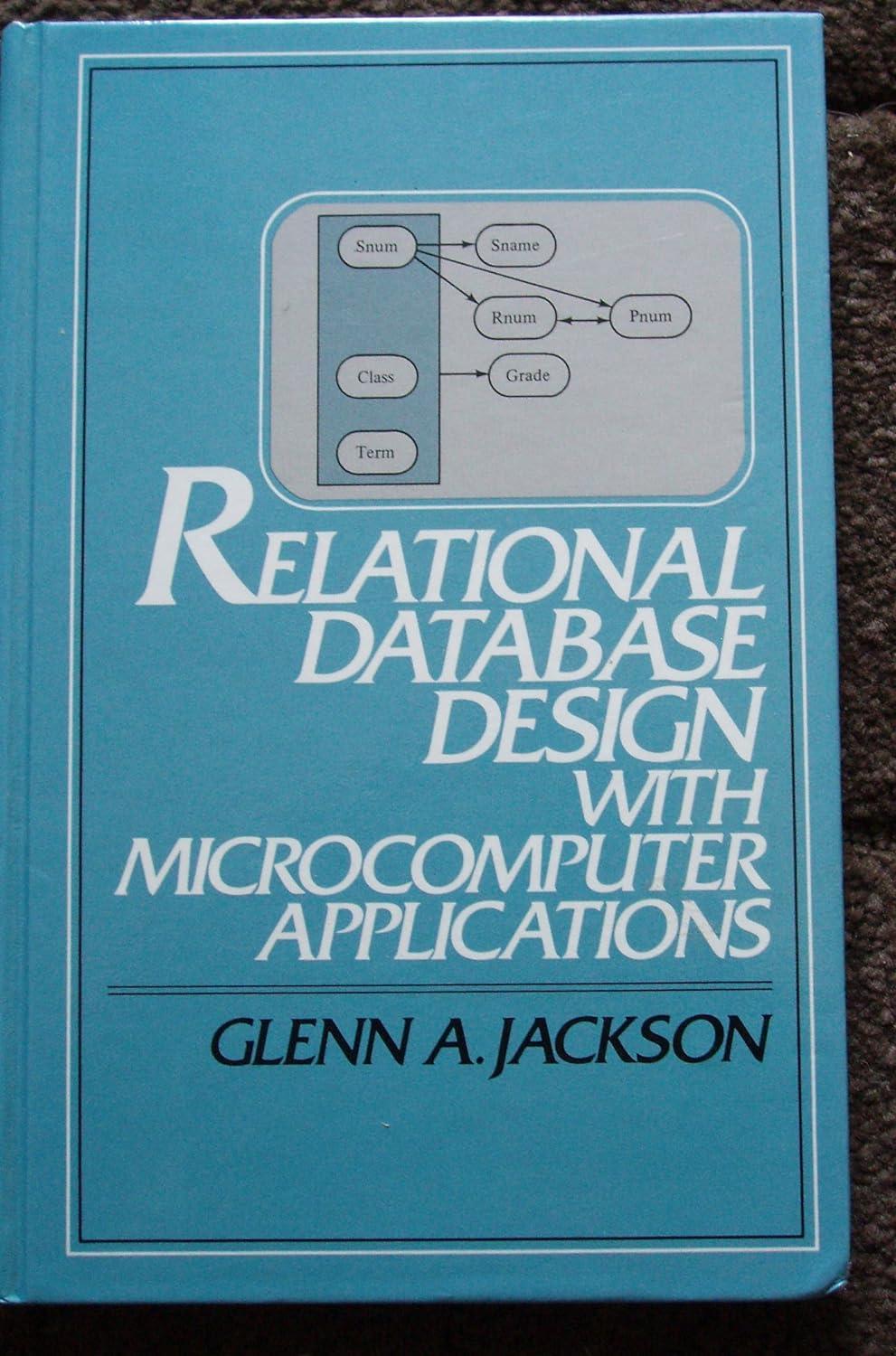theorem 4.10 The schedule A produced by the greedy algorithm has optimal maximum lateness L.


1. (25) [Minimizing weighted sum of job completion times] Textbook Exercise 13 in Chapter 4. Consider a greedy strategy of scheduling a job with the largest ratio of customer weight over job processing time (i.e., w/t) first. Outline a greedy algorithm based on this greedy strategy, and then prove or disprove that this greedy strategy is optimal. In order to prove, use the exchange argument strategy (see the theorem 4.10 in the textbook page 131). In order to disprove, present a counterexample that shows the greedy algorithm fails to minimize the weighted sum of the completion times. A small business-say, a photocopying service with a single large machine-faces the following problem. Each morning they get a set of jobs from customers. They want to do the obs on their single machine in an order that keeps their customers happiest. Customer i's job will take tt time to complete. Given a schedule (i.e., an ordering of the jobs), let Ci denote the finishing time of job i. For example, if job j is the first to be done, we would have Cj tj; and if job j is done right after job i, we would have Cj Ci+tj. Each customer i also has a given weight wi that represents his or her importance to the business. The happiness of customer i is expected to be dependent on the finishing time of i's job. So the company decides that they want to order the jobs to minimize the weighted sum of the completion times, w.Ci Design an efficient algorithm to solve this problem. That is, you are given a set of n jobs with a processing time ti and a weight wi for each job. You want to order the jobs so as to minimize the weighted sum of the completion times, wCi Example. Suppose there are two jobs: the first takes time t1 1 and has weight w1-10, while the second job takes time t2 3 and has weight w2-2. Then doing job 1 first would yield a weighted completion time of 10.1 +2 4 18, while doing the second job first would yield the larger weighted completion time of 10-4+2.3-46. 1. (25) [Minimizing weighted sum of job completion times] Textbook Exercise 13 in Chapter 4. Consider a greedy strategy of scheduling a job with the largest ratio of customer weight over job processing time (i.e., w/t) first. Outline a greedy algorithm based on this greedy strategy, and then prove or disprove that this greedy strategy is optimal. In order to prove, use the exchange argument strategy (see the theorem 4.10 in the textbook page 131). In order to disprove, present a counterexample that shows the greedy algorithm fails to minimize the weighted sum of the completion times. A small business-say, a photocopying service with a single large machine-faces the following problem. Each morning they get a set of jobs from customers. They want to do the obs on their single machine in an order that keeps their customers happiest. Customer i's job will take tt time to complete. Given a schedule (i.e., an ordering of the jobs), let Ci denote the finishing time of job i. For example, if job j is the first to be done, we would have Cj tj; and if job j is done right after job i, we would have Cj Ci+tj. Each customer i also has a given weight wi that represents his or her importance to the business. The happiness of customer i is expected to be dependent on the finishing time of i's job. So the company decides that they want to order the jobs to minimize the weighted sum of the completion times, w.Ci Design an efficient algorithm to solve this problem. That is, you are given a set of n jobs with a processing time ti and a weight wi for each job. You want to order the jobs so as to minimize the weighted sum of the completion times, wCi Example. Suppose there are two jobs: the first takes time t1 1 and has weight w1-10, while the second job takes time t2 3 and has weight w2-2. Then doing job 1 first would yield a weighted completion time of 10.1 +2 4 18, while doing the second job first would yield the larger weighted completion time of 10-4+2.3-46








